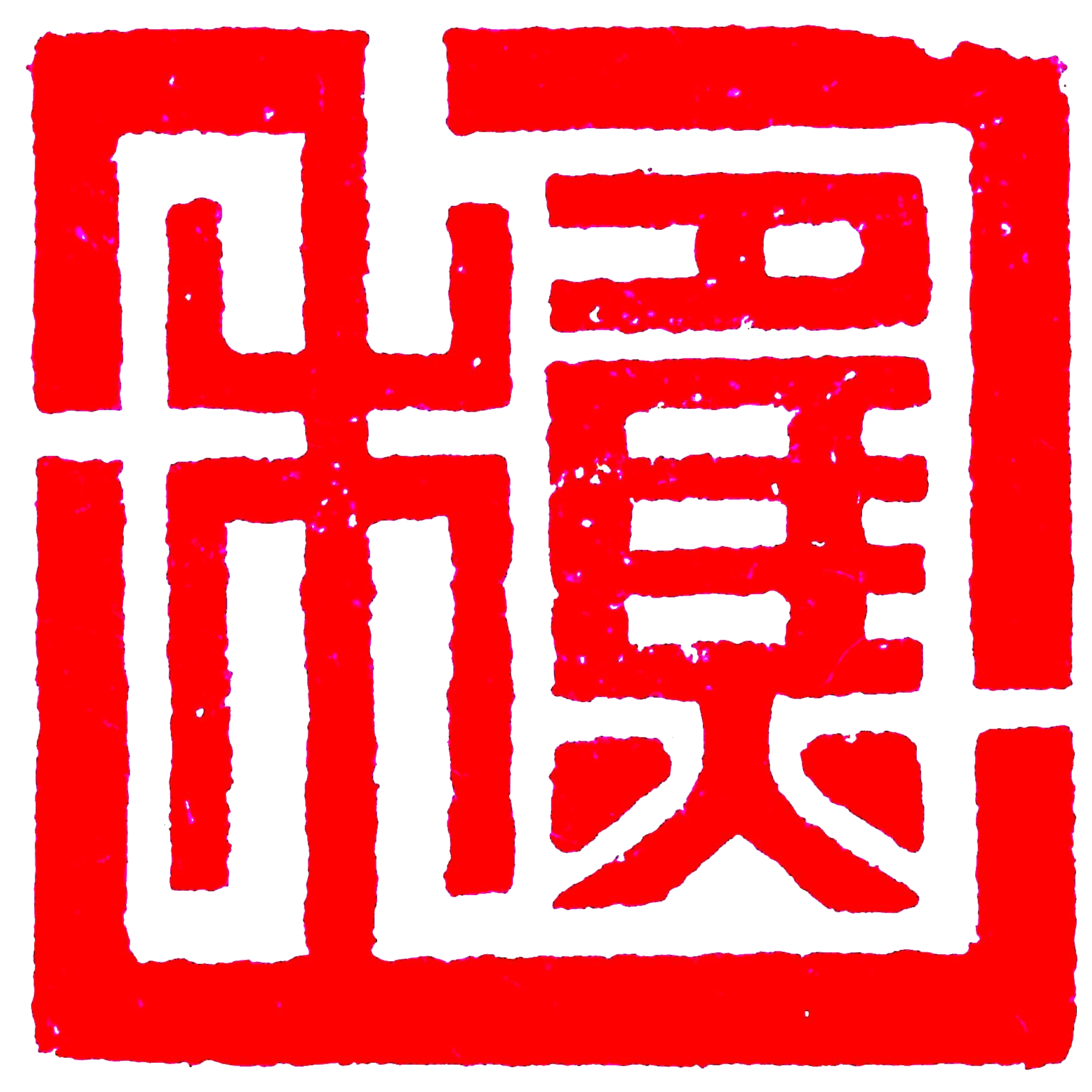Fotografia Fine Art
Certo, ecco la versione completa e aggiornata per la pagina Fotografia Fine Art, riflettendo il tuo modo di lavorare e pensare:
Per parlare di Fotografia Fine Art, prima dobbiamo chiederci: cos’è l’arte?
Una delle definizioni più semplici e profonde dice che l’arte è ogni forma di espressione umana che trasforma emozione e pensiero in oggetti estetici. Queste creazioni riflettono la sensibilità, l’immaginazione e la tecnica dell’artista, raccontando il contesto culturale, morale, sociale o spirituale del loro tempo.
Una delle definizioni più semplici e profonde dice che l’arte è ogni forma di espressione umana che trasforma emozione e pensiero in oggetti estetici. Queste creazioni riflettono la sensibilità, l’immaginazione e la tecnica dell’artista, raccontando il contesto culturale, morale, sociale o spirituale del loro tempo.
La Fotografia Fine Art si afferma come forma d’arte riconosciuta nel 1940, quando il Museum of Modern Art di New York apre un dipartimento dedicato alla fotografia. Per la prima volta, le fotografie vengono esposte accanto ai quadri, elevando la fotografia da semplice documento a espressione artistica.
Nella Fotografia Fine Art, l’immagine non è una semplice registrazione, ma una creazione consapevole. Il fotografo non inventa ciò che vede, ma si immerge nella scena, usando luce, tempo e visione per esprimere qualcosa di profondamente personale. Ogni immagine diventa un messaggio, un’emozione, una poesia visiva.
Macchina fotografica, cavalletto, filtri e obiettivi sono strumenti, come i pennelli per un pittore o lo scalpello per uno scultore. A differenza del pittore però, il fotografo non può controllare la luce, il tempo o i colori. Deve saperli leggere, aspettare, sentire e cogliere.
I miei scatti non nascono da un’idea imposta, ma arrivano dall’attesa: vado sul luogo, mi immergo, aspetto che la scena si presenti e colgo ciò che emerge. Lavoro in RAW, così in post-produzione faccio emergere i colori esattamente come li ricordo, come mi si sono presentati o come li ho percepiti emotivamente.
Ogni scatto fine art è il frutto di un processo: da un’idea nasce una visione, poi un progetto, una ricerca. Il soggetto va scoperto o atteso. L’inquadratura, il momento e la precisione tecnica sono solo l’inizio. La post-produzione serve a restituire ciò che l’occhio ha visto o il cuore ha sentito, senza alterare la verità del momento.
Infine, l’immagine deve essere stampata. Non su carta qualsiasi, ma su supporti pregiati, da museo. Io utilizzo carte Hahnemühle FineArt, realizzate con fibre naturali, prive di acidi e ottimizzate per inchiostri a pigmenti. Le stampe possono durare oltre un secolo senza alterazioni cromatiche.
La Fotografia Fine Art non è solo estetica. È significato, emozione, memoria, resa eterna in un’immagine fragile e silenziosa.
Fine Art Photography
To talk about Fine Art Photography, we first need to ask: what is art?
One of the simplest and deepest definitions says that art is any form of human expression that transforms emotion and thought into aesthetic objects. These creations reflect the artist’s sensitivity, imagination, and technique, while telling the cultural, moral, social, or spiritual context of their time.
One of the simplest and deepest definitions says that art is any form of human expression that transforms emotion and thought into aesthetic objects. These creations reflect the artist’s sensitivity, imagination, and technique, while telling the cultural, moral, social, or spiritual context of their time.
Fine Art Photography became recognized as an art form in 1940, when the Museum of Modern Art in New York opened a photography department. For the first time, photographs were exhibited alongside paintings, elevating photography from mere documentation to artistic expression.
In Fine Art Photography, the image is not a simple record but a conscious creation. The photographer does not invent what they see but immerses themselves in the scene, using light, time, and vision to express something deeply personal. Every image becomes a message, an emotion, a visual poem.
The camera, tripod, filters, and lenses are tools—like brushes for a painter or chisels for a sculptor. Unlike the painter, however, the photographer cannot control light, time, or colors. They must learn to read, wait, feel, and capture.
My shots don’t come from an imposed idea but from waiting: I go to the place, immerse myself, wait for the scene to present itself, and capture what emerges. I work in RAW, so in post-production I bring out the colors exactly as I remember them, as they appeared to me or as I perceived them emotionally.
Every fine art shot is the result of a process: from an idea, a vision is born, then a project, a search. The subject must be discovered or awaited. Framing, timing, and technical precision are just the beginning. Post-production serves to restore what the eye saw or the heart felt, without altering the truth of the moment.
Finally, the image must be printed—not on just any paper, but on precious museum-quality supports. I use Hahnemühle FineArt papers, made with natural fibers, acid-free, and optimized for pigment inks. The prints can last over a century without color fading.
Fine Art Photography is not just aesthetics. It is meaning, emotion, memory—made eternal in a fragile and silent image.
ファインアート写真
ファインアート写真について話すには、まず「芸術とは何か?」を問う必要があります。
最もシンプルで深い定義の一つは、芸術とは感情や思考を美的な対象へと変換するあらゆる人間の表現であるということです。これらの創作物は、アーティストの感性、想像力、技術を反映し、その時代の文化的、道徳的、社会的、または精神的な背景を語ります。
最もシンプルで深い定義の一つは、芸術とは感情や思考を美的な対象へと変換するあらゆる人間の表現であるということです。これらの創作物は、アーティストの感性、想像力、技術を反映し、その時代の文化的、道徳的、社会的、または精神的な背景を語ります。
ファインアート写真は、1940年にニューヨーク近代美術館(MoMA)が写真部門を設立したことで、芸術形式として認められました。写真が絵画と並んで展示され、写真が単なる記録から芸術的表現へと昇華されたのはこの時が初めてでした。
ファインアート写真において、イメージは単なる記録ではなく、意識的な創造です。写真家は見たものを創り出すのではなく、シーンに没入し、光、時間、視覚を使って深く個人的な何かを表現します。すべてのイメージはメッセージであり、感情であり、視覚の詩です。
カメラ、三脚、フィルター、レンズは道具であり、画家の筆や彫刻家のノミのようなものです。しかし画家とは違い、写真家は光、時間、色を制御できません。それらを読み取り、待ち、感じ、捉えなければなりません。
私の写真は、押し付けられたアイデアから生まれるのではなく、待つことから生まれます。現地に赴き、没入し、シーンが現れるのを待ち、現れたものを捉えます。RAWで撮影し、現像で記憶どおり、または感情的に感じた通りの色を引き出します。
すべてのファインアート写真はプロセスの結果です。アイデアからビジョンが生まれ、プロジェクトや探求へとつながります。被写体は発見または待つものです。構図、瞬間、技術的な正確さは始まりに過ぎません。現像は目で見たものや心で感じたものを、瞬間の真実を損なうことなく再現するためにあります。
最後に、画像は印刷されなければなりません。どんな紙でもなく、博物館級の高品質な素材で。私はハーネミューレのファインアート紙を使っており、天然繊維で作られ、酸性フリー、顔料インクに最適化されています。プリントは100年以上色あせずに残ります。
ファインアート写真は単なる美学ではありません。意味、感情、記憶であり、壊れやすく静かなイメージの中に永遠に封じ込められています。




